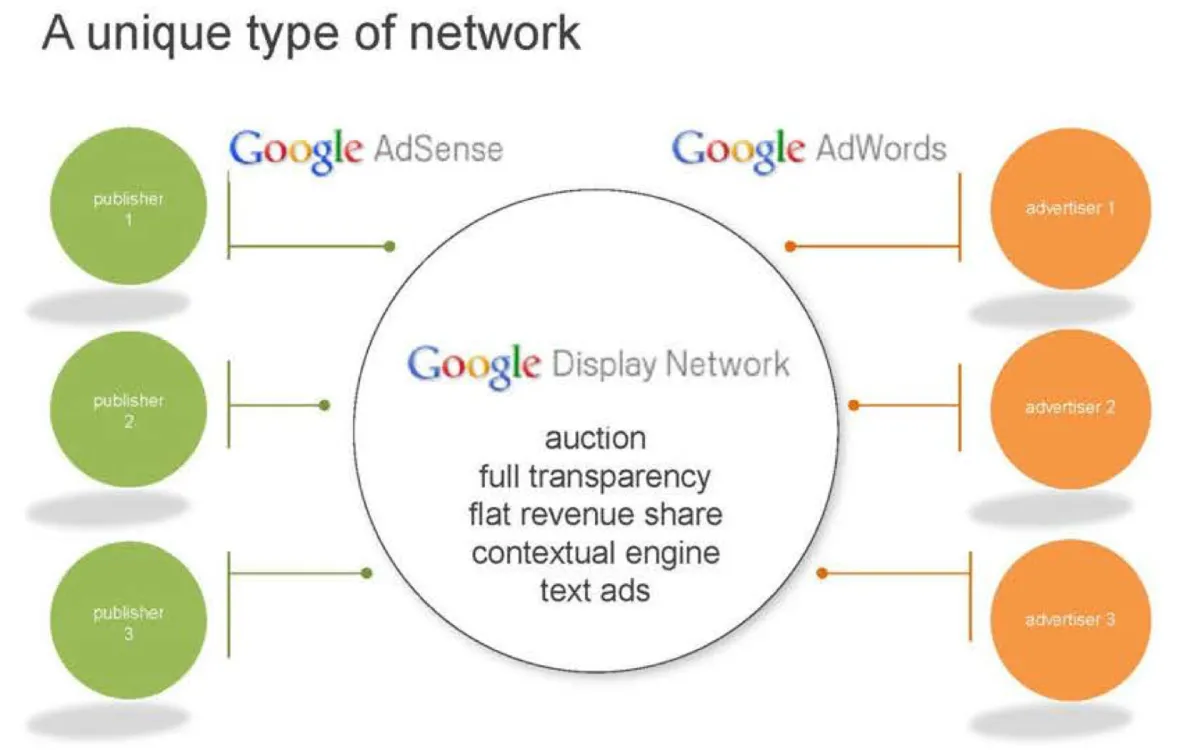2015 Google emails revealed in 2024 antitrust case show Ad Market Dominance
Court documents from US v. Google case expose internal data on Google's commanding position in mobile and desktop ad exchanges.

On August 24, 2024, as part of the ongoing antitrust case United States v. Google LLC (1:23-cv-00108) in the U.S. District Court for the Eastern District of Virginia, a series of internal Google emails from 2015 were made public. These emails, presented as Exhibit PTX1830, provide unprecedented insight into Google's dominant position in the digital advertising market nearly a decade ago, particularly regarding its Ad Exchange (AdX) platform - today named Google Ad Manager.
The email thread, dated May 9, 2015, involves several high-ranking Google executives, including Scott Spencer, Charlie Vestner, and David Goodman. The correspondence reveals previously undisclosed statistics about Google's ad tech products and their performance on the AdX platform, shedding light on the company's market power in the digital ad industry during that period.
According to the data shared by David Goodman, identified as Principal Analyst for Global Strategy and Analytics at Google, the company's own advertising products were winning a significant majority of ad inventory auctions on AdX, especially in the mobile space.
According to the data shared by David Goodman for April 2015:
- For desktop:
- GDN won 32% of total AdX Pub Queries and 74% of Matched Queries
- DBM won 3% of total AdX Pub Queries and 7% of Matched Queries
- For high-end mobile:
- GDN won 50% of total AdX Pub Queries and 89% of Matched Queries
- DBM won 2% of total AdX Pub Queries and 3% of Matched Queries
- For tablet:
- GDN won 42% of total AdX Pub Queries and 88% of Matched Queries
- DBM won 1% of total AdX Pub Queries and 3% of Matched Queries
- Grand Total across all platforms:
- GDN won 37% of total AdX Pub Queries and 79% of Matched Queries
- DBM won 2% of total AdX Pub Queries and 5% of Matched Queries
The document also mentions that GDN had 65% of Revenue on AdX Pubs, while DBM had 11% of Revenue on AdX Pubs.

Breaking down the numbers further, GDN alone was winning 89% of matched queries for high-end mobile devices and 88% for tablets. On desktop, GDN's win rate was slightly lower but still dominant at 74% of matched queries. These figures indicate that Google's own advertising products were securing the vast majority of ad placements on websites and apps that used Google's AdX platform to sell their ad space in 2015.
The emails also provide insight into the relative strength of Google's various ad tech products at the time. GDN, which was Google's primary product for advertisers to place ads across a network of websites, was shown to be particularly dominant in mobile advertising. DBM, now Display & Video 360, had lower win rates but was noted to have higher CPMs (cost per thousand impressions), indicating it was often winning more valuable ad placements.
This internal data contextualizes the scale of Google's advertising business in 2015. According to the emails, GDN was described as an $8 billion business (excluding YouTube), while DBM was on target to be a $1.5 billion business that year. These figures underscore the significant revenue generated by Google's ad tech products and their importance to the company's overall business model at that time.
The executives discussing this data expressed some concern about sharing these statistics, even internally. Scott Spencer stated that they "don't like to promote the percent of AdX won by GDN externally as it creates a perceived over-reliance on GDN." This comment suggests awareness within Google of potential antitrust concerns related to its dominant position in the digital advertising market as early as 2015.
The timing of these emails is significant, as they predate the increased scrutiny of Google's ad tech business by regulators and lawmakers that has intensified in recent years. The fact that these emails from 2015 are now being presented as evidence in a 2024 antitrust case demonstrates the ongoing relevance of this historical data to current legal proceedings.
For advertisers and publishers, this internal data from 2015 provides insight into the dynamics of Google's ad ecosystem at that time. The high win rates for Google's own products on its exchange platform suggest that advertisers using GDN or DBM had a significant advantage in securing ad placements, particularly on mobile devices. For publishers, the data indicates that a large portion of their ad revenue was likely coming from Google's advertising products, potentially limiting their ability to diversify their revenue sources.
The revelations in these emails raise several important questions about the evolution of competition in the digital advertising market since 2015:
- How has Google's position in ad exchanges changed in the nine years since these emails were written?
- What impact did Google's high win rate in 2015 have on ad prices and revenue for publishers in subsequent years?
- Have advertisers using non-Google platforms gained fairer access to ad inventory on popular websites and apps since 2015?
- How has Google's control over both the ad exchange and major buying tools affected market dynamics in the intervening years?
- What measures, if any, has Google implemented since 2015 to ensure a level playing field for all participants in its ad ecosystem?
These questions are likely to be central to the ongoing antitrust case and of interest to regulators, advertisers, publishers, and industry analysts as they continue to examine the structure and competitiveness of the digital advertising market.
Key facts from the 2015 emails revealed in the 2024 court case
In April 2015, GDN won 89% of matched queries for high-end mobile devices on AdX.
GDN's win rate for desktop inventory on AdX was 74% of matched queries in April 2015.
DBM (now Display & Video 360) had lower win rates but higher CPMs than GDN in 2015.
GDN was described as an $8 billion business (excluding YouTube) in 2015.
DBM was on target to be a $1.5 billion business in 2015.
Google executives expressed caution about sharing AdX win rate data externally in 2015.
Nearly all graphical ad inventory was being sent to Google's ad exchange in 2015.
Smaller publishers ("mom and pop pubs") were noted as not actively moving to AdX in 2015.


